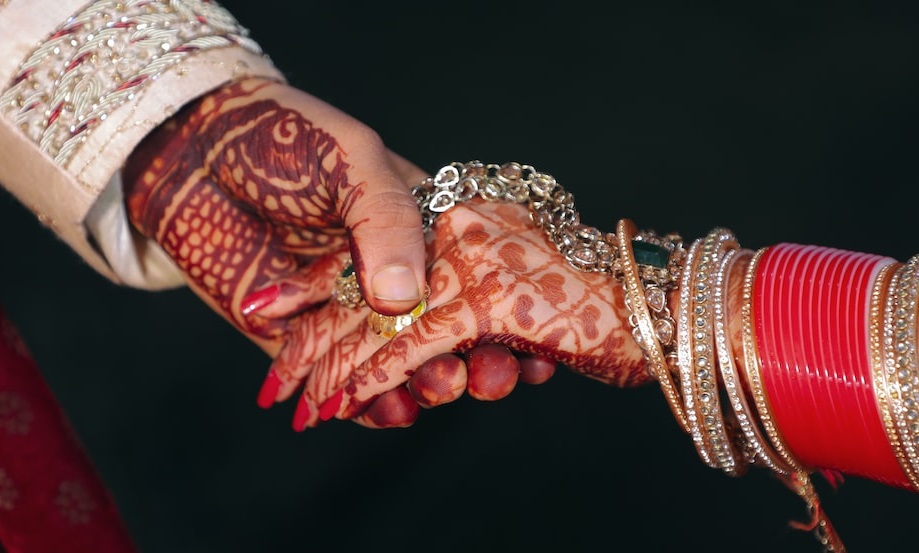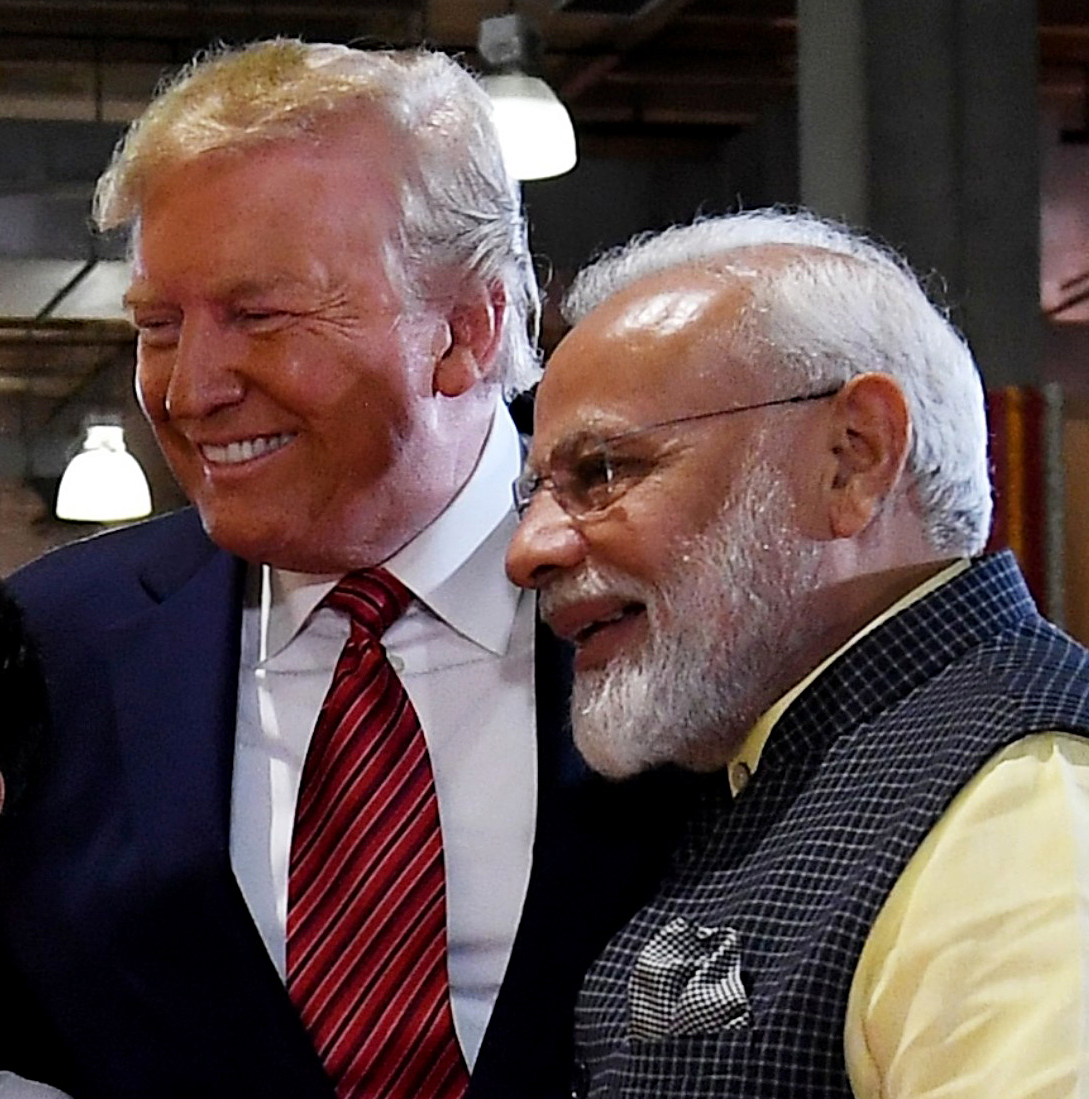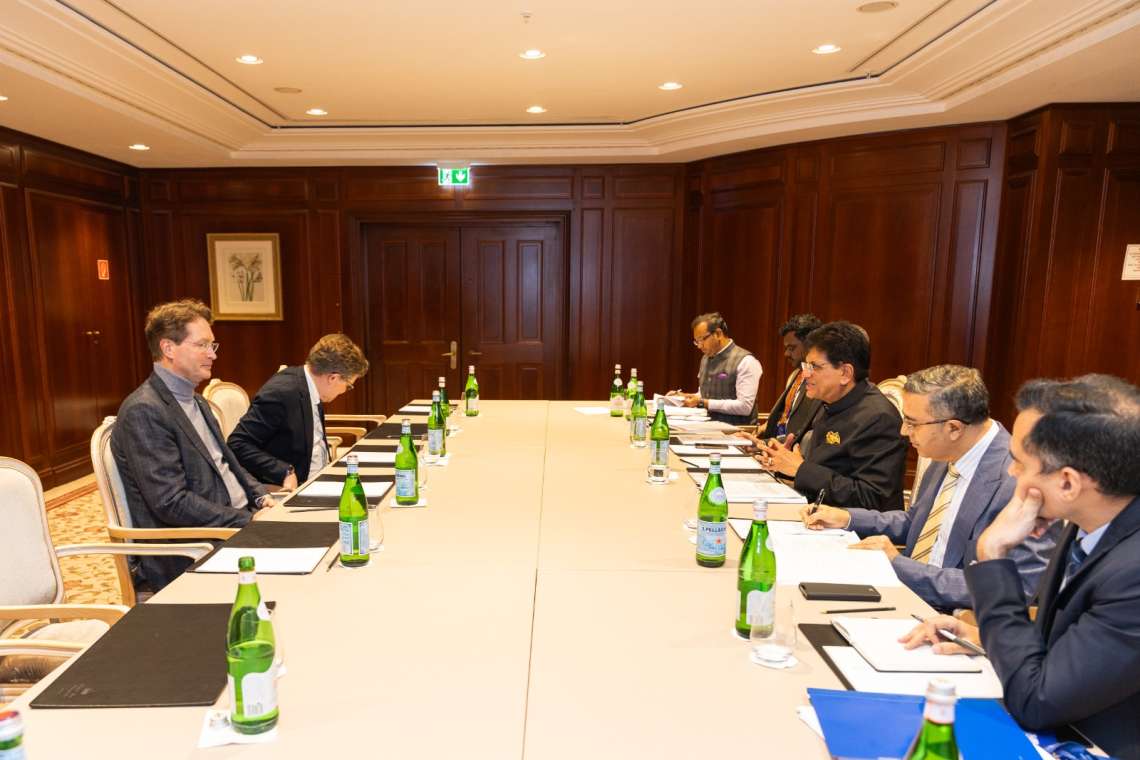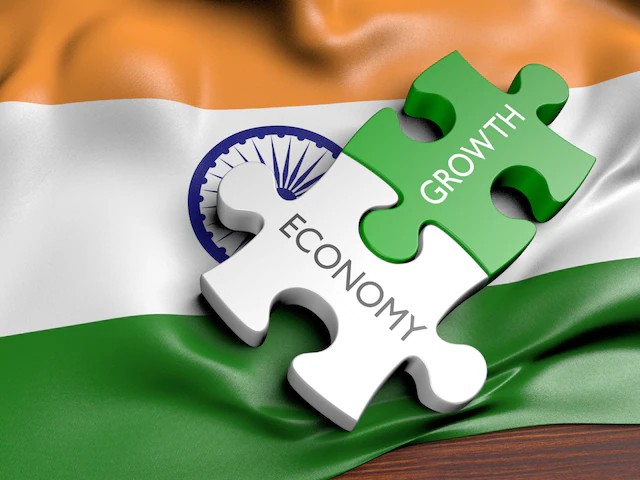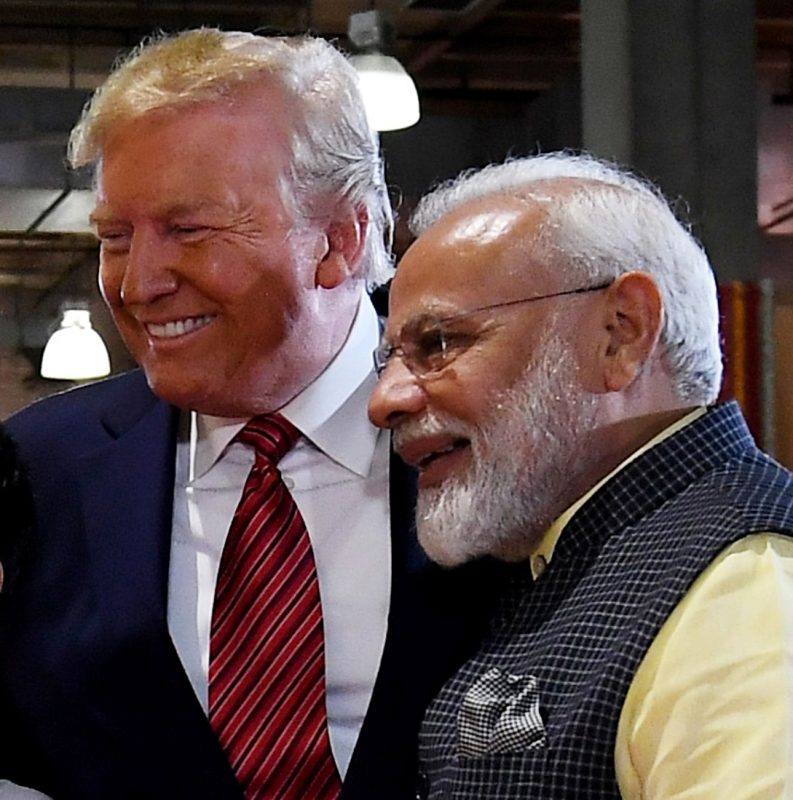The period from 2016 to 2022 witnessed a substantial surge in divorce cases in the family courts of Kerala, a report by Abhish K. Bose
The sacred institution of marriage, once considered inviolable, is facing an unprecedented crisis in Kerala, aptly known as “God’s Own Country.” Defying the biblical adage, “What therefore God hath joined together, let not man put asunder” (Matthew 19:6), the state is witnessing a staggering surge in divorce cases.
According to the statistics at least 46 divorce petitions are filed a day across the twenty-eight family courts of the state.
The period from 2016 to 2022 witnessed a substantial surge in divorce cases in the family courts of Kerala.
The data points a consistent annual basis increase, with divorce cases rising from 19,233 in 2016 to 26,976 in 2022, indicating a 40% growth over the seven years of period. Analysing the geographical district wise distribution, Ernakulam district recorded the highest number of divorce petitions in Kerala which is 3,536, followed by Trivandrum (3,282) and Kollam (3,245). But, Wayanad (538), Kasargod (848), and Idukki (1,092) reported the fewest cases.
Hindu Marriage Act dominated the types of divorce petitions filed in the whole of the Kerala, which are16,860 cases in 2022. The Indian Divorce Act (Christian) ranked second position, while the Special Marriage Act had the lowest number of petitions filed. Interestingly, despite most Muslim populated Malabar and Malappuram district, divorce petitions filed under the Muslim Marriage Act were notably lower.
According to the average statistics of the divorce cases filed per day from 2016 to 2022 at the 28 family courts in the state there is a steady increase in the number of divorce cases filed per day. In 2016, an average of 53 divorce case was filed, whereas in 2017, it increased to 56. In 2018 it further increased to 64 and in 2019 to an average of 69 cases a day. In 2020, an average of 51 cases were registered per day, whereas in 2021, 64 cases were registered. In 2022 an average of 75 divorce petitions were filed in the twenty-eight family courts in the state.
Kerala’s escalating divorce rate warrants attention from policymakers, social workers, and community leaders. Understanding the underlying causes and addressing the root issues can help mitigate this trend and strengthen family bonds. While investigating the reasons behind the increasing divorce rates and the strain in marital relationships an array of factors was noticeable. The reason triggering the increased divorce rates in Kerala can also be perceived as a transition period in which our society is breaking the shackles of a patriarchal society to a free society. Patriarchy has not been broken totally but attempts are on the way for it. ” What is perceived in the rising divorce rates is the struggle to break away from the clutches of patriarchy. The rising divorce rates are since women are becoming less dependent and are independently leading life. Sooner or later we the institution of marriage will be gradually disappeared”, observes AT Joseph, a social activist.

Sociologists agree to the point of view of that divorce rates are likely to remain high even in the face of evidence that marital breakups harm children. ” The fact is that more couples now choose to end marriage that fail to live up to their expectations. The choice for greater individual choice clashes directly with the obligations and social norms that held families and communities together in earlier days. People came to feel that questions of how to live and with whom to live were a matter of individual choice and not to be governed by social norms”, observes Sociologist Professor Benny Varghese. He says that pointing to the fissures in marriage, cohabitation couples, one parent families, gays and lesbians are all on the rise. “Kerala families have changed considerably since the 1990s. Some of the important changes related to marriages are divorce, single parent families, pre – marital relations and extra marital relations”, he added. Professor Benny added that marriage rates have declined since 2010 and are expected to decrease further. He agreed that divorce rates are increasing since 2000.
Professor Benny added that among the macro level reasons – values have been changing with modernisation and decline of tradition. ” The sexual life of people has become a project that has to be managed and to be defined in the backdrop of new opportunities and risks”, he added. According to him only 40 percentage of the couple think that pre – marital sex is immoral. ” Moreover, open marriage market provides many opportunities for non – marital sex and non – marital birth are slowly getting social acceptance”, he emphasises. According to him the most common micro level reason for divorce includes infidelity, financial problems, substance use, spousal abuse, pre – marital and extra marital doubt. ” On a micro level some people drift gradually into dating and cohabitation as an alternative to single hood alternative family forms”, he observed. The emergence of new individualism is a new phenomenon, which is fixated on instant change and short-term living, he said. Another important reason fuelling divorce is that it has a social acceptance and legally it is able to secure.
KP Benny, an Inspector of police who dealt with a number of divorce cases said that one among the main reasons for the breakup of marriages is the illicit relationship of either of the partners. “The main way the partner came to know about the details of the marriage is through the mobile phones, as there are facilities nowadays to know about chats of the other person. The incidence of such breakups caused as a result of the usage of the mobile phones are very high”, he pointed out.
Mr Benny also said that in Palakkad district many marriages happen especially when the brides belonging to the low economic background are approached by brokers presenting alliances from Tamil Nadu. In many among such marriages these brokers used to present nonfactual things and we have registered a number of cases like that. The ego issues in between couples often result in marriage breakups and other major reason is alcoholism”, he maintained.
Kunhunni Purayannur, an expert in transactional analysis (a psychological way of dissecting communication and interactions) said that there is change in culture and change in value system resulting triggered by technological advancement results in the destruction of the institution of marriage. ” The primary reason is that new generation didn’t have a quality time for communication and hence they don’t know how to communicate and build up relationships leading to an intimacy. Most of them are career oriented and family enjoys secondary position in their life. In the absence of intimacy, the relationship breakups happen. Other influence is that TV mobile phone and profession is eating major share of their time and the influence from that also distorts their relationships and thinking”, he added. Mr Kunhunni observes that the progeny of the divorced parents will have personality disorders and may not be able to build up healthy relationships in future.
Dr S Irudayarajan, senior demographer says that there are several demographic, economic and social factors for divorces. Last 30 years, an average Keralite couples had just two children – many of them – just had one child – either son or daughter. Growth of middle class with highest purchasing power coupled with so much selfishness and independence, higher education coupled with gainful employment outside home, late marriage and bad influence of some programs in TV, influence of social media and also dowry includes the precipitative factors”, he added.

“Of course, the divorce rates will be more in urban areas and cities compared to rural areas. Decline in fertility and the number of children ever born to couples, shrinking household size, growth in nuclear families and decline in joint families are some of the reasons. “Late marriage leads to lot of expectations among both men and women, and increased autonomy and financial security among both men and women and increased social acceptance of divorce are some reasons. “In addition, several opportunities for both divorced men and women for remarriage and parents enormous support for divorce compared to their grandparents are also causative factors”, he maintained.
Dr Irudayarajan says that divorce rates vary across different age groups, educational levels, and income brackets in Kerala. Of course, couples prefer divorce before having no children (less than 30 years). Now we see the growth of divorce among couples with children – new trend without realising the impact on their children (30-40 years). Now we also see divorces at later ages after living together for 10 to 15 years. Of course, there will be correlation between higher education and income and divorce. “Divorce is new middle-class syndrome. However, we have also seen lot of separation among lower income groups – not official divorce but several single mothers working as housemaids in middle class and rich households”, he pointed out.
He maintained that migration have impact on marital stability and divorce rates among Keralites.
“Of course, both internal and international migration, particularly long distance and transnational migration at younger ages, will be one of the factors. We need more research and evidences on the social costs of migration compared to economic benefits of migration”, he added.
When comparing Kerala’s divorce trends with other Indian states or international contexts, he said that, “We do not have proper statistics on divorce and countries with high urbanisation and industrialisation likely to have more divorce compared to rural and poor economies”, he pointed out.
Dr Irudayarajan said that the current systems are not effective are existing support systems (e.g., counselling, family courts) in addressing marital issues and preventing divorces.
“The current counselling is not enough. In addition, I believe that half of the divorces happens due to couples’ parents rather than couples. The schism is engineered by in-laws from both sides. One-fourth happens due to sexual and reproductive issues among couples.” Only one-fourth divorces happens for serious reasons such as extra-marital affairs and other related issues including suspicion. He demanded to make it compulsory counselling for couples and their parents.
According to professor of Economics Martin Patrick, “Marriage as an institution haven’t dilapidated, but it faces certain threats. Among the threats to the marriage is that it is an urban phenomenon. The destruction of marriages mostly is an urban phenomenon, which is not to say that in rural areas this is not seen”, he added.
Prof Patrick maintained that as part of rural- urban continuum there is reflection of it in rural places but its intensity is low. “The influence of the western culture is a triggering factor of increasing divorce rates that has become a serious threat to family. Alarming to notice that the divorce is on increase among the educated class”, he added.
“We should also consider our demographic changes such as the emergence of the nuclear family. The children belonging to the nuclear families are showing less compromising character. Family is a very complicated structure and it needs compromises and mutual understanding. In earlier generations due to the greater number of family members there was a scope of socialising opportunities. However, in the nuclear families such socialization chances are less”, professor Patrick observed.
“This is further evident from the fact that youngsters find difficulty in overcoming work pressure. These problems are generally occurred due to the changes in the nuclear family structure. The main reason I perceive for the increasing divorce rates are due to the changes in the family structure of the modern times and also due to the increase in exposure and a copying nature of other culture”, Dr Patrick pointed out. ” In many western countries family is getting strengthened. Here family is getting loose is also a contradiction building up here. This is due to the imbibing of bad models. The inequality in decision making in the family is said to be a precipitative factor of the breaking down of family structure. Another important causative factor is the discriminatory inheritance rights for men and women. It is one among the small reasons. Dowry and money minded ness are added reasons of the divorce cases. In certain divorce cases financial reason is apparent. Coupled with this there are cultural and social factors that perpetuate divorce rates”, he postulated.
Professor Patrick observed that there is a revolutionary change in the thinking of the youngsters of the state. “The element of freedom is becoming explicit among them. We are not always adopting freedom in the positive sense rather negatively. The element of freedom is also present in the migration of our students. The people of Kerala are having maximum exposure and as a result of that we will be easily influenced by the western culture and hence “living together”, he maintained. Professor Patrick emphasised that the need of the time is to shed the conventional notion about marriage and should adapt to the newer trends.
“We have to understand that living together is another institution similar to that of the marriage. But it is not sustainable like marriage since it having a loose character instead of a rigid character as proposed by the Indian institution of marriage. No, doubt, it will dilapidate soon or at least invite a number of social evils. ‘However, we cannot rule it out becoming a life style among the coming generation of youths. However, I am admitting that the institution of living together is increasing in the state. There is a problem of social transformation in it and as I earlier said the crisis in the demographic characteristics. The parents are not teaching the students to overcome the threats in life and the new generation doesn’t have the strength to overcome the challenges in life. The increasing divorce rates and schism in marriages have also regarding the generation who are not capable to deal these challenges. I doubting that the high divorce rates in Kerala is also due to the efficient recording of the incidents”, he added.
“The legal framework didn’t have much to do in this scenario. Things like dowry is being questioned within the legal framework. I think the increase in divorce rates is a phenomenon happening at the wake of a new social transformation. If it is burgeoning into a rate beyond a limit, it should be put to introspection and have to be addressed seriously. However, I think that in a society such as India the institution of family will not be destroyed totally. Equally noticeable is the trend in marrying those from other states and other countries. Among these I haven’t noticed a very high increase in divorce rates. Those married to even other nationalities and cultures are living without any problems. There may be a different interpretation to the institution of marriage, considering the increasing acceptance of living together and multi- national and multi- state (marriage) alliances”, Professor Patrick added.
What marriage counsellors have to say
Job J Padayattil, a marriage counsellor who have handled more than three hundred marital breakup cases over the past seventeen years said that in the older period the women were less educated compared to the current period and there were palpable changes in their priorities as a result of the education of women, notion of equality of women, and women going for work and other reasons. “In earlier period the priority of a married woman was family, husband and children and responsibilities of the family. Due to this the woman will be in her house. However, the women began to be independent after they gained education and self-reliant. It is not wrong. The mother is not present in the home to grow the children and give them breast feeding. The current generation youngsters are not seriously concerned about the things of the family as they grew up as selfish people”, he added.
“Also, if we zoom into the personalities of the couple who gets married, at either of the two suffer mental problems, or lack of maturity. Certain people should not marry since they lack the mental maturity for engaging in a marriage. There are some families which gets destroyed as a result of mental illness or mental immaturity. There are youngsters with mental illness, drug addiction etc. “In earlier generation women were willing to face these problems, but nowadays women are reluctant and this results in divorces. Another aspect is that husband and wife were employed at two places and there are little communication happening in between them as each individual will withdraw with a mobile to their privacy. This lack of communication is causative factor for marriage breakups”, Dr Job observes. “Many couples were not able to establish intimacy among themselves. This is because they may be over attached to their parents or friends or siblings. A partner who is over attached to others find it difficult to establish intimacy with their partners. “He/ she should be able to sever his umbilical ties with others to establish intimacy with their partners. Only ten among the hundred marriages were able to reach such intimacy in marital relationships”, he added.
Dr Job says that those who are capable to establish intimacy in their relationships will not be prone to other relationships or loyalty issues. Those who are intimate in their relationships can patch up even if there are some quarrels in between them. Dr Job added that there is a hustle and bustle for money in the marital relationship. “Women look forward to the salary of her husband and men for the dowry he may get from the bride. Even those who claim to abhor dowry looks forward to the financial benefits in the marriage.” Women were burdened with the workload of the house whereas the husband used to relax. Many among the parents are not aware of parenting styles. First is authoritarian parenting which is using force to make children obedient, second permissive parenting allowing all demands of the children. Such children will become worse. Third neglectable parenting style which ignores children’s details is also not good. What is good is the fourth kind of parenting that is authoritative parenting style. Those parents who left children with grandparents and go for work is also not good. Single parenting of divorced parents is also causing trauma to the children. There is also a radical shift in perspective of the new generation, which shuns at marriage and even contemplates using a sex toy and thereby making marriage irrelevant. Some people go for same sex marriages also causing threat to the institution of marriage. The institution of marriage will survive, but number of people for getting married will be decreased, Dr Job observed.
According to Lawyer Sandhya Raju George, the personal laws are biased against women. “When we talk about reform in personal laws one has to reframe the laws on a platform of gender equality”, she added.
“All religion have patriarchal undertones. Any reframing of law has to get over this. The marriage laws are unequal and patriarchal. There are different and subjective understandings of basic concepts like cruelty and desertion which are subjective and individual. These issues need to be considered”, she pointed out.
‘Maintenance is another area which require a rethink in the manner of its enforcement. Today even though orders are passed executing is a big stumbling block. But the premise has to be gender equality not a romantic notion of marriage and family. The existing system does not provide security to the women in marriage”, Ms Sandhya maintained.
“Realities need to be recognised and addressed effectively. When we talk about reformation it does not necessarily mean uniform civil code. I don’t think we should term it like that. It may not necessarily be! Kerala statistically has one of the highest rates of domestic violence. Alcoholism and violence are the thread we see in most divorce cases initiated by women.
She ruled out that increasing divorce rates are signalling empowerment. ” Women usually resort to divorce as the last option so it’s not necessarily an expression of empowerment but as a sign of last resort after everything failed. In Kerala women are socialised to accept violence. If you remember there was a study, I think CDS which stated that 43% women do not feel that getting beaten by husbands is wrong. So it’s not really empowerment”, she observed.
Tradition of strong family values in Kerala a myth
Professor Praveena Kodoth of the Center for Development Studies (CDS) said that it is difficult to assume that Kerala had a tradition of strong family values. “Family as such we know it today, which is built around the nucleus of marriage, took a general form through the social reform movements and after the breakup of the old joint families”, she pointed out.
“The Kerala Hindu joint family abolition Act, 1978 was a recognition of this and is a contrast to the continuing recognition of the Hindu coparcenary (notion of jointly held ancestral property) under Hindu Succession Act even as amended in 2005.
So, the idea of family as a nuclear unit (mostly) is modern and widely prevailing in Kerala”, she noted.
“Divorce was accepted under the matrilineal customs and free divorce was available to people from the matrilineal groups, as an exception to the general law, which places some restrictions on divorce”, she added.
She said that stable marriage is a modern ideal. “In the past, stable marriage was achieved at the cost of women. Polygamy was prevalent but women among privileged castes had to observe widowhood. So, we should not assume that marital stability was a norm for all groups”, she said.
Public health expert and social activist Dr SS Lal said that the rising divorce rates is due to a variety of reasons. He also demanded the government to set up support mechanisms to look after the children. “I would like to see it as a case of women empowerment. Earlier women did not have the liberty to break away from marriages due to social, financial and other multiple reasons. Now women became more educated, they are exposed to the global scenario and there are also other reasons. Earlier I have seen couples living in the same home but mentally separated. This is particularly because of the higher education of women”, Dr Lal analysed.
“When I was a medical student in the 1980s the proportion of women in the medical college hospitals are 30 percentage compared to the 70 percentage of men. “Breakups in marriages are not necessarily due to mental weakness or any other kind of illness. People are different, their families are different and their genetical factors are also different. When people find it difficult to live in a same house they will separate. We are also living in a changing world. Another thing I have noticed is that though men are exposed to changes more women adapt to changes more. Men understand things and they know things but they are not able to practice. Women also understand things however they are able to practice”, he maintained.
” I have seen in cases in which activists of the Communist students union when after they marry the men could not practice what they preach despite being exposed to ideals such as equality they behave like a conservative Kerala man. But women are not like that. I am not saying that it is the problem of Communist parties. My point is that despite they are exposed to ideas such as equality and equity they were not able to practice it”, he reasoned.
” In the developed world also, people weren’t able to get along they will breakup. The fact in Kerala is that since there is a taboo attached to separation women did not have the freedom to come out of the marriage. But if women are able to do so then it should be understood that they have the necessary financial as well as social support to breakup. There are also other factors which need to scientifically studied”, Dr Lal noted.
“The breakups or divorces are not a social evil or anything like that. As a society progresses such changes are natural. When I lived in European countries or in the US, I see people accepts such changes. In India breakups result in big clashes often physically and mentally and families get involved leading to big violence”, he maintained.
” In Europe or US, they breakup they get again married and they continue their previous friendship. When people cannot get along with each other they separate. For identifying the compatibility factor dating is practiced in the western world. Here we consider it as a dirty thing. It is not a dirty thing. To the people here dating means sexual relationship. It is not sexual relationship. It is to know whether you can get along with another person. I have come across several youngsters who after living a specific period found that they both are good people, but they cannot live together as a family since there are certain areas in which they have conflicts”, he observed. “At the period of dating they understand each other and in many cases, they end up without becoming married. Here people consider dating as a matter of pre-marital sex, but it is not necessarily that in the western world”, he argued.
“We cannot eliminate these separations in a changing world and changes in the socio-economic status. Of course, children will suffer. What we have to do is to take up steps to support this. In the western world when I got an opportunity to interact with a grown-up girl, she told me that her parents were separated and they both got married. I asked her how she feels now. She told me that she is now happy as she now has four parents to look after her. I am not generalising this. We should understand that this is a reality and we should be able to adapt to this. There should also be mechanisms from the governments side. Government cannot force people to live together, if they want to separate let them separate. To take care of the affairs of the children the government should give shape to some mechanisms. It is the responsibility of the state”, Dr Lal pointed out.
A senior medical doctor who has worked in TRADA (Total Response to Alcohol & Drug Abuse), Manganam, Kottayam for 15+ years and is now working in the Government sector said that the nuclear family trend with only one or two kids, with the parents pampering the children with whatever they want instils selfishness in the children. ” Disciplining much less, so pointing out children’s mistakes in various choices also less.
This in turn leads to lower tolerance threshold of these children when they grow up”, she added.
The nuclear family system gives rise to better monetary position with children encouraged to get into good jobs, whether a boy or a girl, with the girls being financially independent. (Which, in my opinion, I being a woman, is a very good thing– prevents being taken advantage of by the others in the society.)
But this factor, together with the men they marry not changing their mindset from those of their fathers and trying to boss over them makes them just give up this marital relationship and pursue a single life”, she added.
” The general mindset of Indians (especially if Malayalees) that after studies, job, comes matrimony naturally makes a person wanting to lead a single life (boy/girl) being forced into marriage. This breaks up sooner or later.
As a precaution she added tbat the parents should be exposed to Parenting very regularly so that the children are taught the importance of family values from a very early age. Only when a child observes a happy father-mother relationship will she/he try to follow that”, the doctor pointed out.
“Nowadays, when one among the couple want to break away, more often than not, the parents support that person. Last but not the least, alcohol and drug abuse leads to all the vices in a society— poor family and hence community conditions”, she added.


